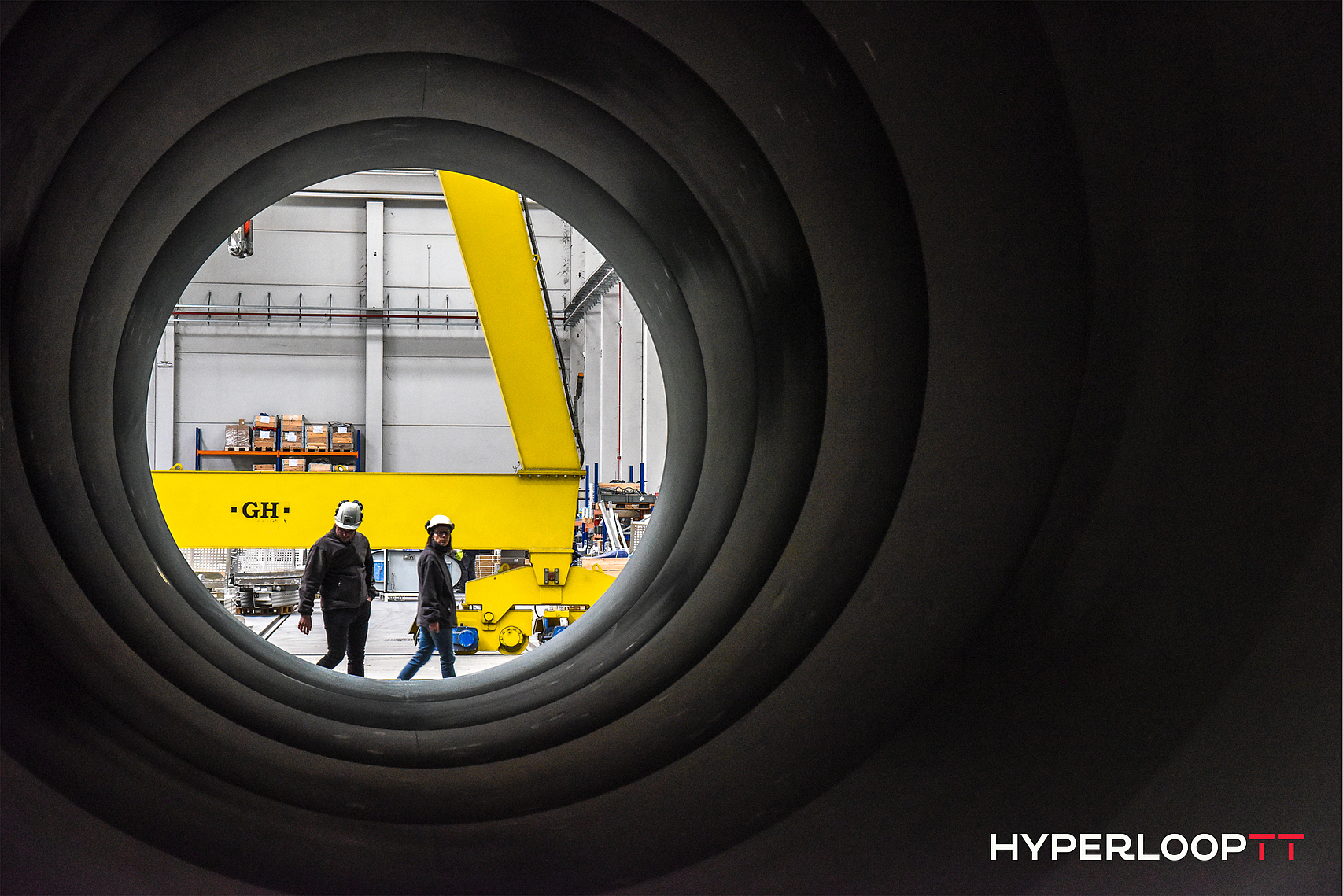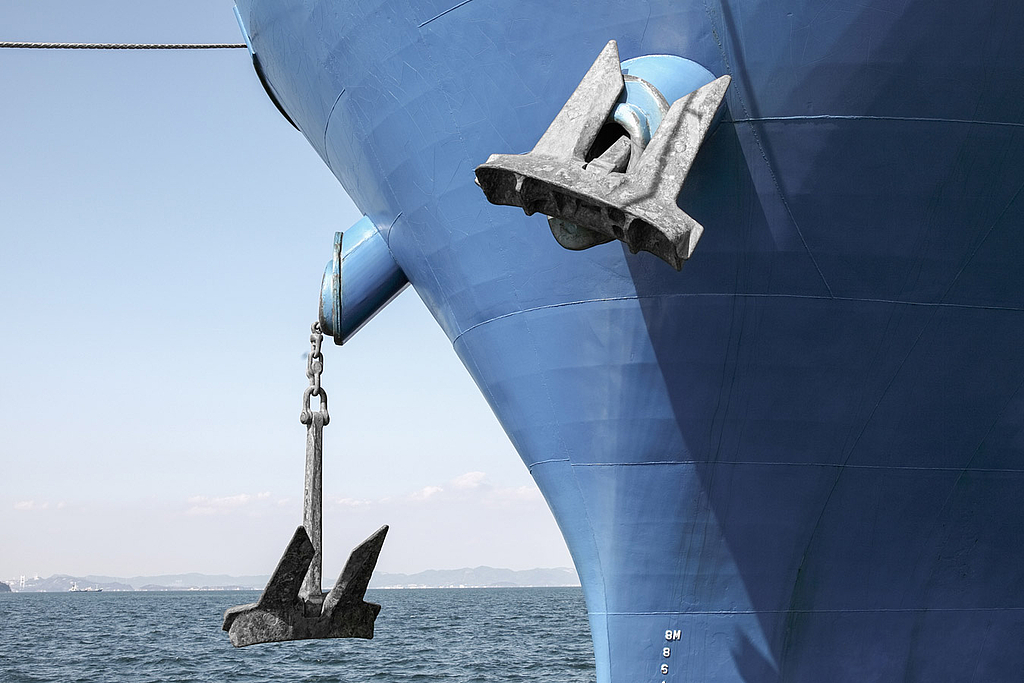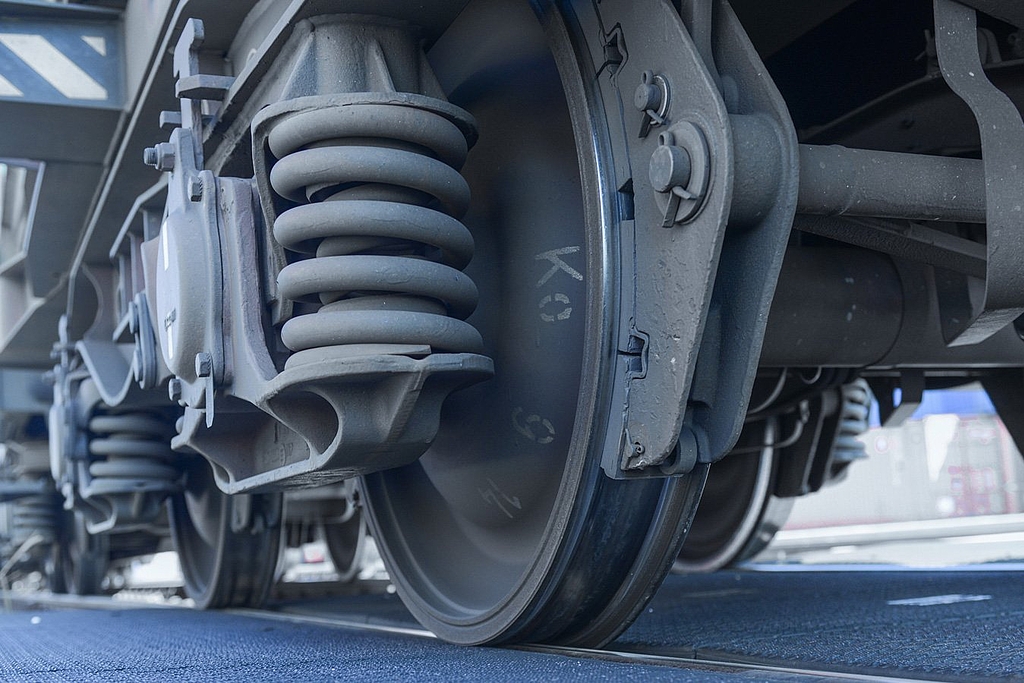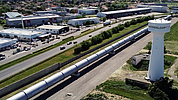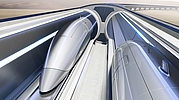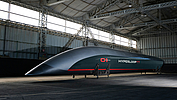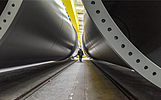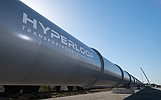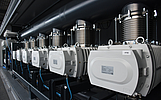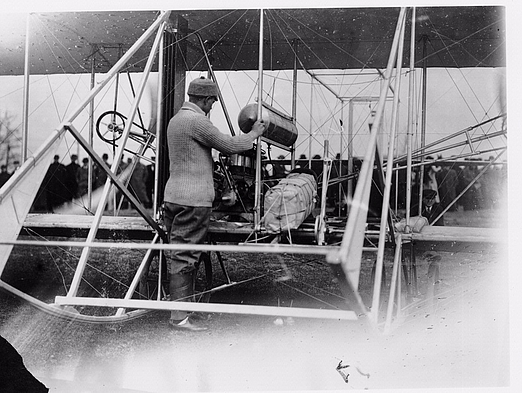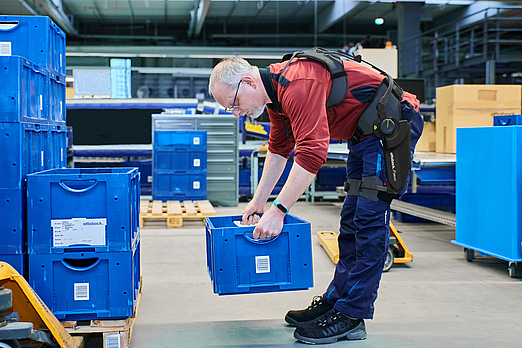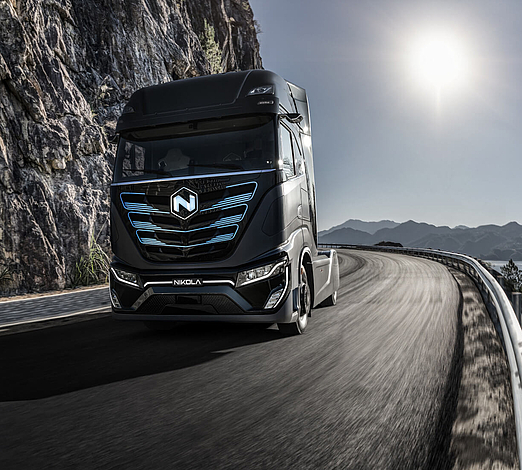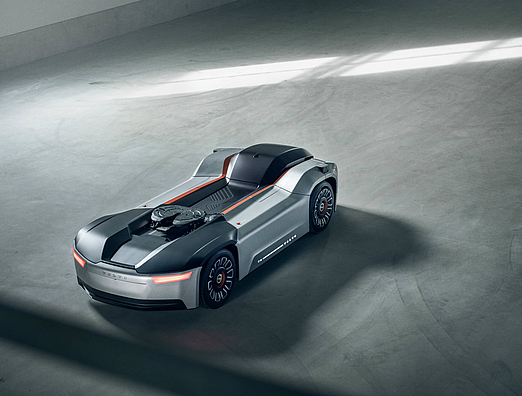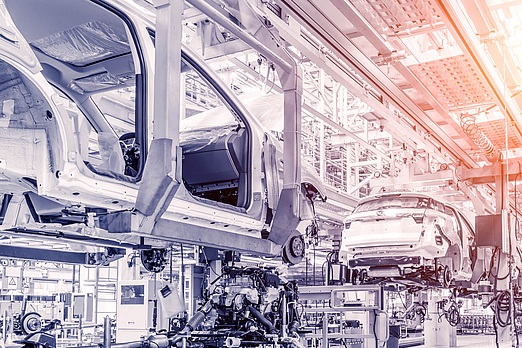Fresh out of the can
Transport by hyperloop: Tube mail on a grand scale
- Insights
In early November, Virgin Hyperloop One announced that it had completed the first manned test drive with a Hyperloop in the Nevada desert. According to Virgin founder, Richard Branson, this technology has the potential to revolutionize the transportation of people and goods. The idea is commonly attributed to tech innovator Elon Musk, but where does it really come from? Join us for a tour of the last two centuries, exploring innovative concepts for transporting goods and people by means of tubes, vacuum and electromagnetism.
